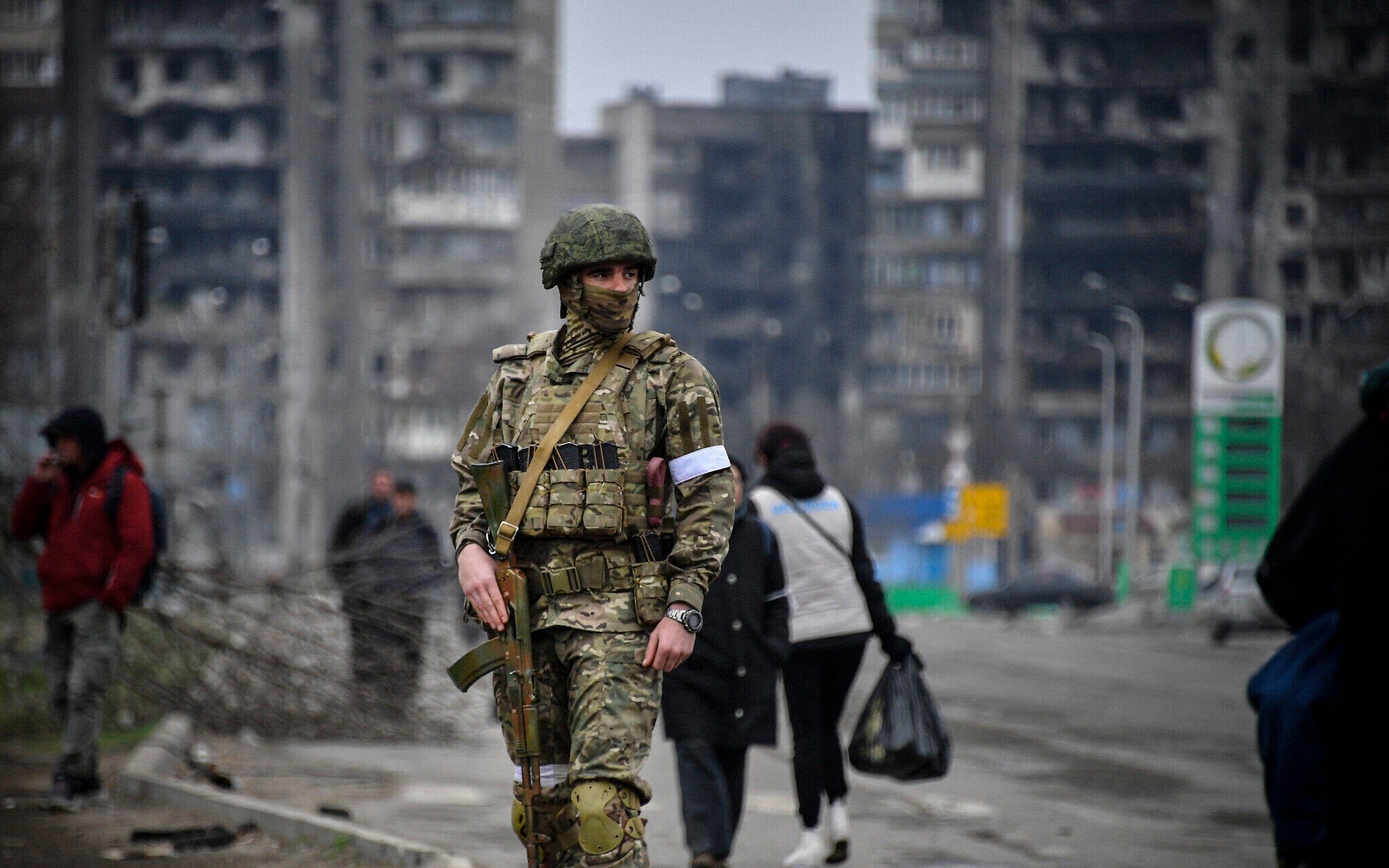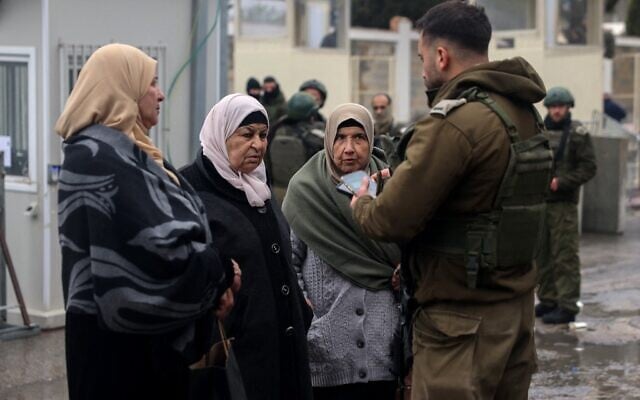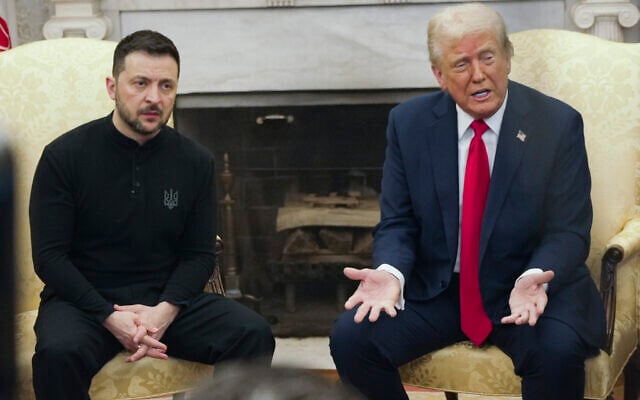



The US and Russia may be looking to Israel’s control of the West Bank as a model for ending the war in Ukraine, according to a report in The Times on Wednesday.
The British outlet reported on Wednesday that, according to “a source close to the US national security council,” the scenario would involve Russia having security and economic control over the areas it currently occupies, while formally they remain part of Ukraine.
“It’ll just be like Israel occupies the West Bank,” The Times quoted the source as saying. “With a governor, with an economic situation that goes into Russia, not Ukraine. But it’ll still be Ukraine, because… Ukraine will never give up its sovereignty. But the reality is it’ll be occupied territory and the model is Palestine.”
The newspaper reported that the idea was raised in a meeting between Russian officials and Steve Witkoff, US President Donald Trump’s chief envoy. Witkoff has also led US efforts to free the Israeli hostages held by Hamas and reach a ceasefire in the war in Gaza.
Deputy White House Press Secretary Anna Kelly denied the report as “total fake news and sloppy reporting by The Times, which clearly has terrible sources. Nothing of the sort was discussed with anyone at any point.”
Israel has controlled the West Bank since conquering it from Jordan in the 1967 Six Day War. Since 1994, the Palestinian Authority has governed daily life in Palestinian population centers there, and the territory is also home to around 500,000 Israeli settlers. Palestinians and much of the international community, including the International Court of Justice, say Israel is illegally occupying the territory.
Trump and Russian President Vladimir Putin are due to meet and discuss the war on Friday in Alaska, while British Prime Minister Keir Starmer and Ukrainian President Volodymyr Zelensky are set to meet on Thursday in London.
A stepped-up Russian offensive, and the fact that Zelensky has not been invited to the Anchorage meeting on Friday, have heightened fears that Trump and Putin could strike a deal that forces painful concessions on Ukraine.
Near the front line on Thursday, Ukraine fired dozens of drones at Russia overnight into the early morning, wounding three people and sparking fires, including at an oil refinery in the southern city of Volgograd.
Kyiv calls the strikes fair retaliation for Moscow’s daily missile and drone barrages on its own civilians.
With such high stakes, all sides were pushing hard in the hours before Friday’s meeting.
Zelensky, who has refused to surrender territory to Russia, spoke by telephone Wednesday with Trump, as did European leaders who voiced confidence afterward that the US leader would seek a ceasefire rather than concessions by Kyiv.
Trump has sent mixed messages, saying that he could quickly organize a three-way summit afterward with both Zelensky and Putin but also warning of his impatience with Putin.
“There may be no second meeting because, if I feel that it’s not appropriate to have it because I didn’t get the answers that we have to have, then we are not going to have a second meeting,” Trump told reporters on Wednesday.
But Trump added: “If the first one goes okay, we’ll have a quick second one,” involving both Putin and Zelensky.
Zelensky, after being berated by Trump at a February meeting in the White House, has publicly supported US diplomacy but has made clear his deep skepticism.
“I have told my colleagues — the US president and our European friends — that Putin definitely does not want peace,” Zelensky said.


